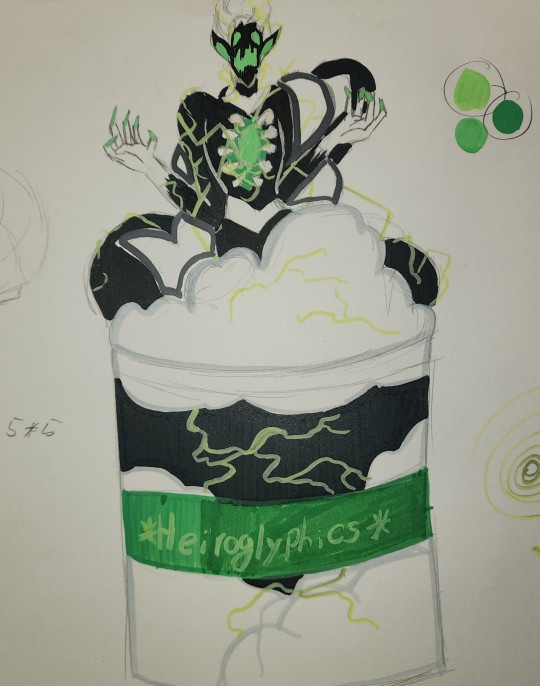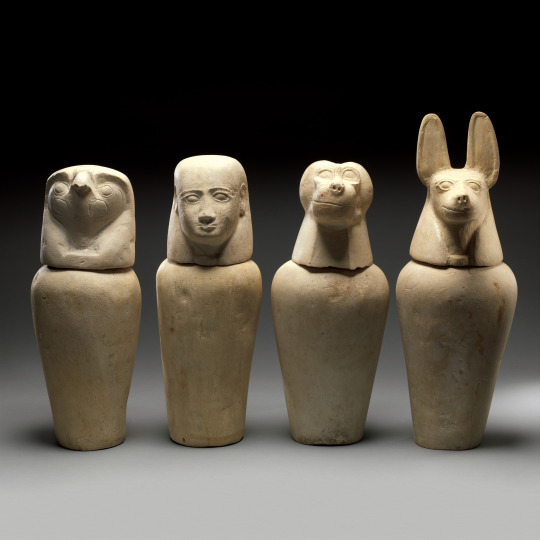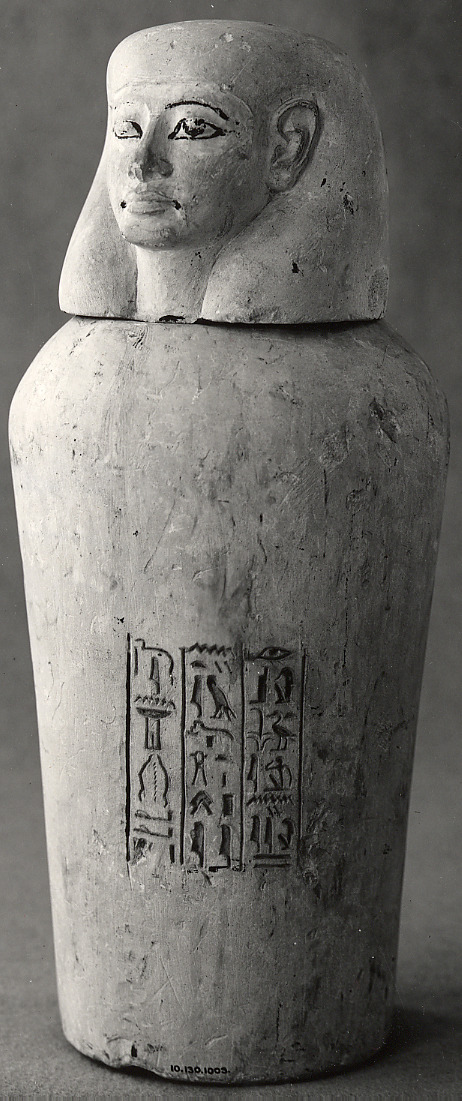#canopic jar
Explore tagged Tumblr posts
Text



The Mummy (1999, Stephen Sommers)
01/07/2024
#the mummy#adventure film#1999#stephen sommers#Remake#brendan fraser#rachel weisz#john hannah#Kevin J O'Connor#arnold vosloo#the mummy returns#the mummy tomb of the dragon emperor#the scorpion king#Media franchise#imhotep#List of The Mummy characters#Seti I#Canopic jar#hamunaptra#Anubis#Plagues of Egypt#cairo#Thebes Egypt#french foreign legion#Amon Ra#book of the dead#karl freund#1932#boris karloff#arizona
36 notes
·
View notes
Text

B.P.R.D. Hell on Earth No. 103: The Abyss of Time
by Mike Mignola, Scott Allie, and James Harren
#comics#comic books#art#illustration#panelswithoutpeople#dark horse comics#dark horse#dark horse books#b.p.r.d.#BPRD#B.p.r.d. hell on earth#mike mignola#scott allie#james harren#dave stewart#clem robins#ted howards#agent howards#hellboy#heliopic brotherhood of ra#the heliopic brotherhood of ra#hand of glory#canopic jar#canopic jars#eye of ra#hyperborea#anubis#jack the ripper
7 notes
·
View notes
Text

Canopic Jar of the Overseer of the Builders of Amun, Amenhotep
Egyptian, New Kingdom, Dynasty 18, reign of Amenhotep II (about 1427–1400 BCE)
A set of four jars that belonged to Amenhotep, who oversaw architectural projects in the temple of Amun at Karnak (in present-day Luxor). Now empty, the jars once held Amenhotep’s liver, lungs, intestines, and stomach, which were removed during the mummification process. Each jar has a hand-sculpted stopper that may represent its owner or one of the four sons of Horus, a set of gods associated with these vital organs. An inscription in hieroglyphs on each container promises divine protection over its contents by a different goddess: Selket, Neith, Nephthys, or Isis.
17 notes
·
View notes
Text

10 notes
·
View notes
Text

imperishable stars
#queen kiya#amarna period#ancient egypt#artists on tumblr#canopic jar#unknown queen#18th dynasty#reconstruction
2 notes
·
View notes
Text
My ceramics class is making Canopic Jars, and we were told we can use any creature, real, or fantasy.
So I made this:

This is just the sketch, but I'll post the final when it's done.
The creature I chose is the version of Danny Phantom from The_Bastard_King's fic, You Wouldn't Like Me Alive on AO3.
#the hieroglyphics will say “the wail of a god”#i read the entire 127k word fic in 2 days#danny phantom#canopic jars#ceramics#ywlma#eldritch horror danny phantom#creepy danny phantom#lightning core au
54 notes
·
View notes
Text
emmLich gets to have all the fun 🙄 when is it MY turn to be ritualistically slaughtered and disembowelled by vorgoth like a sacrificial lamb 😒
#dragon age the veilguard#datv spoilers#emmrich volkarin#when is vorgoth going to pull out all my shitty organs and put them in a little canopic jar and mail it to me it's not FAIR#hashtag transition goals?
57 notes
·
View notes
Text
Canopic Chest of Tutankhamun (1342-1324 BC)

New Kingdom, late 18th Dynasty, from the Tomb of Tutankhamun (KV62), Valley of the Kings, West Thebes, Luxor, Egypt.
—
Canopic chests are cases used by ancient Egyptians to contain the internal organs removed during the process of mummification.
Once canopic jars began to be used in the late 4th Dynasty, the jars were placed within canopic chests.
Although the first proven canopic burials date from 4th Dynasty reign of Sneferu, there is evidence to suggest that there were canopic installations at Saqqara dating from 2nd Dynasty.
The first canopic chests were simple and wooden, but as time went on, they became more elaborate.
Then, around the 21st Dynasty (1069–945 BC), Egyptians decided to leave the viscera inside mummies.
But because they had been using canopic chests for thousands of years, they kept putting them in tombs, just without anything in them.
Canopic chests fell out of use during Ptolemaic Kingdom.
The style and materials were different at different times, though always reflected Egyptian ideal of perfectly measured and precise beauty.
This alabaster canopic chest of Tutankhamun is considered to be one of the finest masterpieces of King Tut’s collection.
The interior of the chest is divided into four compartments, each with a cylindrical hollow covered by a lid elegantly carved in the form of the king’s head.
At the four corners of the chest, carved in high relief, are four goddesses: Isis, Nephthys, Neith and Serket — who stretch out their arms to protect the contents of the chest.
Each of the four compartments of the canopic chest held a miniature coffin. Covered in linen, they stood upright in their cylindrical compartments.
Each was almost glued to the bottom owing to the hardening of the unguents that had been poured in as part of the ritual.
It was the duty of the goddess Nepthys, whose name is inscribed on the front, to protect the lungs of Tutankhamun, which were placed inside, after first being preserved.
The figure, fashioned of solid beaten gold, contains inlays of colored glass and semiprecious stones.
It is very close in design to the second coffin in which Tutankhamun was buried; in fact, it is almost a miniature version.
📍 Egyptian Museum, Cairo (JE 60687)
#canopic chests#mummification#internal organs#ancient egypt#canopic jars#Sneferu#Tutankhamun#King Tut#Isis#Nephthys#Neith#Serket#miniature coffin#Nepthys#Egyptian Museum#Cairo#Egypt#burial#ritual#afterlife#Tomb of Tutankhamun (KV62)#Valley of the Kings#West Thebes#Luxor
27 notes
·
View notes
Text

AN EGYPTIAN PAINTED ALABASTER CANOPIC JAR LID IN THE FORM OF HAPI NEW KINGDOM, 19TH DYNASTY, 1295-1186 B.C.
#AN EGYPTIAN PAINTED ALABASTER CANOPIC JAR LID IN THE FORM OF HAPI#NEW KINGDOM#19TH DYNASTY#1295-1186 B.C.#ancient artifacts#archeology#archeolgst#history#history news#ancient history#ancient culture#ancient civilizations#ancient egypt#egyptian history#egyptian hieroglyphs#egyptian art#ancient art
32 notes
·
View notes
Text






Been working on some NYC-themed canopic jars
#ceramics#pottery#my art#petty type crimes#handbuilt pottery#artists on tumblr#handbuiltceramics#canopic jars#nyc#pigeon#alligator#mr met#cockaroach#roach#cockroach#rat
34 notes
·
View notes
Text
obviously mulder was one of those kids who was WAY too invested into the bermuda triangle, but we also must acknowledge that scully was definitely one of those kids who was WAY too invested in mummies. as children tend to be.
#i mean i'm just saying the desire to be a pathologist has to have an origin story#and that origin story is probably precocious reader 6 year old scully finding the ancient egypt books at the library#and staring at the canopic jars.#txf#the x files
16 notes
·
View notes
Text


I made a raccoon canopic jar in art :33
@starrz-n-waffl3-fries @watermelonolemretaw
15 notes
·
View notes
Text

A set of four canopic jars was an important element of the burial in most periods of Ancient Egyptian history. Canopic jars were containers in which the separately mummified organs would be placed. The best known versions of these jars have lids in the shape of the heads of protective deities called the four Sons of Horus. The human-headed Imsety was the guardian of the liver; the baboon-headed Hapy looked after the lungs; the jackal-headed Duamutef was responsible for the stomach; and the falcon-headed Qebehsenuef cared for the intestines. Image by The Metropolitan Museum of Art. Lean more / Daha fazlası https://www.archaeologs.com/w/canopic-jar/
#archaeologs#archaeology#archaeological#dictionary#history#art#pottery#canopic jars#egypt#ancient egypt#mythology#the four sons of horus#horus#hapy#duamutef#qebehsenuef#imsety#arkeoloji#tarih#sanat#çömlekçilik#antik mısır#mısır#mitoloji
57 notes
·
View notes
Text


Verosimummy
#verosika mayday#helluva boss verosika#helluva boss#halloween#costume#cosplay#demon#horns#wings#mummy#canopic jars#butt#demon girl#my art#artist#artist on tumblr#art#cadenreigns
66 notes
·
View notes
Text

Canopic jar of Princess Any, 1550BC-1295BC, Egypt.
25 notes
·
View notes
Text
I do wish there was a bit more in terms of establishing Rook and Varric’s relationship however I am enjoying the fact that Varric’s recruitment strategy seems to have been scout, detective, and the weird kid from the necropolis to spice things up a little
#datv#datv spoilers#mourn watch#rook#also lol that mourn watch rook seems to keep the undead baron she destroyed in a canopic jar??#absolute weirdo behaviour#yeah sure I’ll come do whatever let me just grab the ashes of this bloke I smoked
11 notes
·
View notes